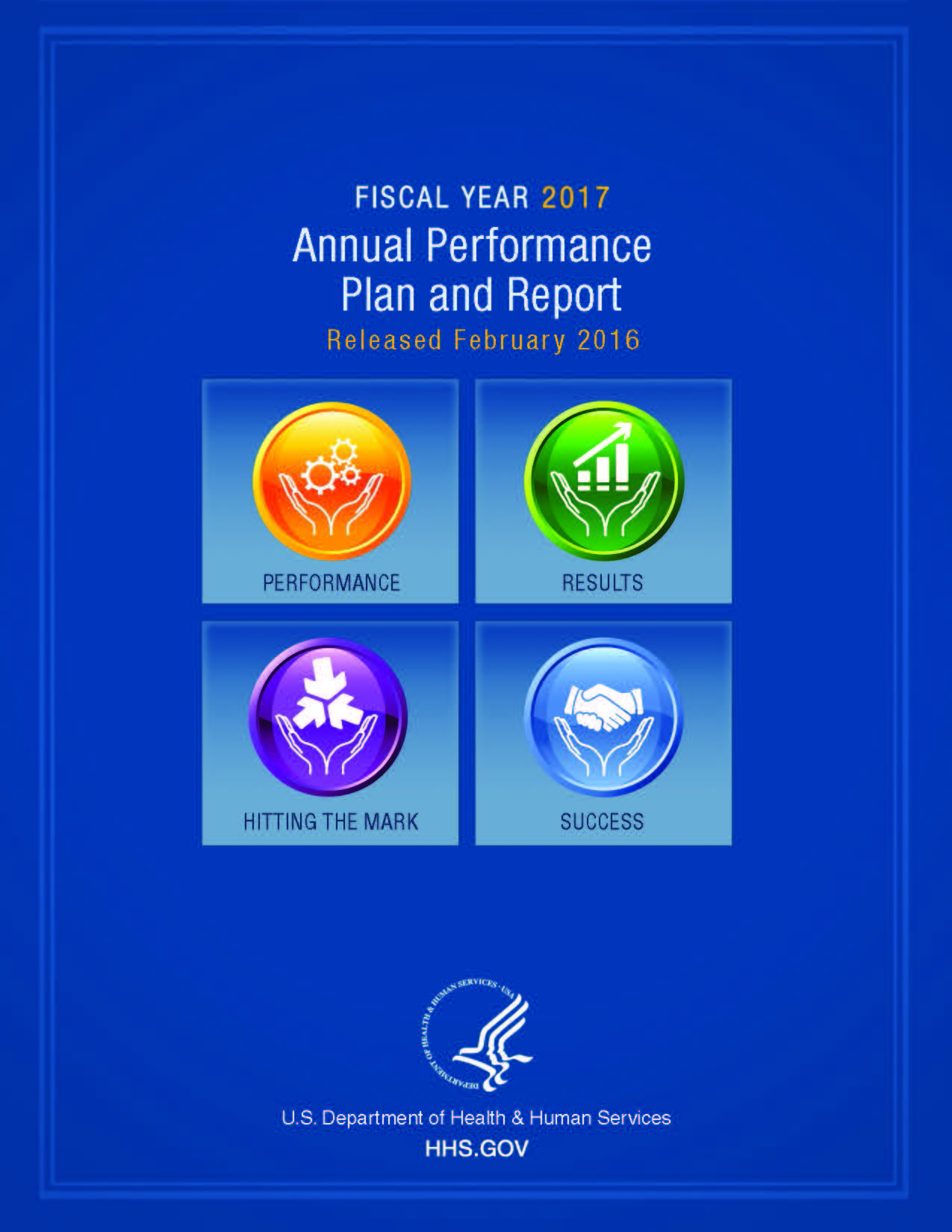- Home
- Agencies
- Department of Agriculture
- Department of Housing and Urban Development
- General Services Administration
- Department of Commerce
- Department of the Interior
- National Aeronautics and Space Administration
- Department of Defense
- Department of Justice
- National Science Foundation
- Department of Education
- Department of Labor
- Office of Personnel Management
- Department of Energy
- Department of State
- Small Business Administration
- Environmental Protection Agency
- Department of Transportation
- Social Security Administration
- Department of Health and Human Services
- Department of the Treasury
- U.S. Agency for International Development
- Department of Homeland Security
- Department of Veterans Affairs
- Goals
- Initiatives
- Programs
Primary tabs
Strategic Objective
Enhance access to and use of data to improve HHS programs and support improvements in the health and well-being of the American people
Strategic Objective
Overview
HHS leverages its data in many ways, including working to publish Government information online in ways that are easily accessible and usable; developing and disseminating accurate, high-quality, and timely information; fostering the public’s use of the information HHS provides; and advancing a culture of data sharing at HHS.
Progress Update
Please note that this section summarizes the result of the FY 2014 HHS Strategic Review process, limiting the scope of content to that available prior to spring of 2015. Due to this constraint, the following may not be the most current information available.
Conclusions: Progressing
Analysis: HHS has made progress in enhancing access to and use of HHS data to improve programs, promote improvements in health and health care, and enhance information for decision making in health and human services. Improvements are evident in increasing timeliness, quality, and public and internal access and dissemination of survey data, administrative and programmatic data, and public access to scientific and research data.
HHS statistical and programmatic and administrative data systems are not only essential to the success of the HHS mission, but they also provide most of the national statistical capacity to monitor the health and wellbeing of the population, the performance of the public health, health care and human services systems and progress on HHS priorities and initiatives.
Most of the major HHS survey programs have taken steps to shorten the turnaround time from data collection to availability through technology and other efficiencies while maintaining high standards of data quality. As a result of Open Data Initiatives and the Health Data Initiative, HHS agencies have posted links to over 1800 data sets and tools on healthcare.gov. Data.gov includes over 3000 health related datasets and tools. In addition, HHS makes statistical and administrative data available for research and statistical analysis through a continuum of data access mechanisms while protecting the confidentiality of the information.
HHS is working to balance its goals for making data available, promoting electronic health record adoption and meaningful use, with other important priorities, such as protecting the privacy and confidentiality of individuals and organizations. It is a challenging balance to identify and apply the complex and multi-faceted safeguards and security controls necessary to protect privacy while still making useful data available publicly to support program improvement and enhancement. Challenges in electronic health record adoption and meaningful use attainment limits the extent and quality of data that the health center program is able to collect. Data reporting presents an administrative burden on health centers and results in a delay in having data readily available for program planning and evaluation. Administrative and programmatic data is largely a byproduct of program operations and management, and significant continuing resources are often needed to prepare the data for public access and utility. Statistical programs face increasing costs of field work as well as data documentation, curation and data access mechanisms.
HHS is considering reaching out to stakeholders to develop cost-effective ways of collecting Consumer Assessment of Healthcare Providers and Systems (CAHPS) survey data that do not compromise validity or reliability. In addition, the Department is exploring options for making additional high value de-identified administrative data like Marketplace enrollment data or Marketplace plan offerings data available for research and evaluation in a privacy protected manner both internally within HHS and in a public research access venue. In another approach, HHS is organizing a challenge for software developers to create a semi-automated MS Word and Adobe Acrobat document conversion and remediation tool that would allow HHS to quickly and at low cost ensure all documents are accessible to individuals with disabilities and in compliance with Section 508 of the Rehabilitation Act.








